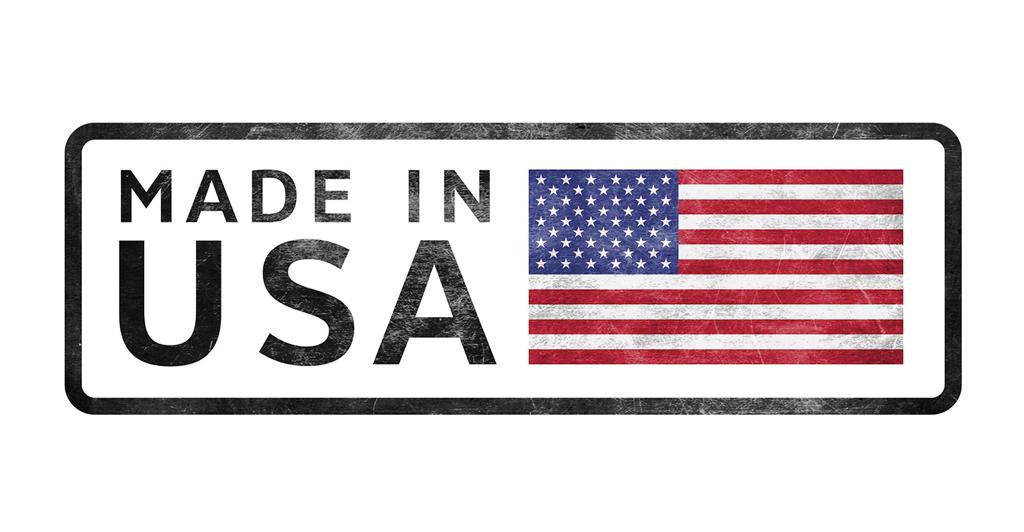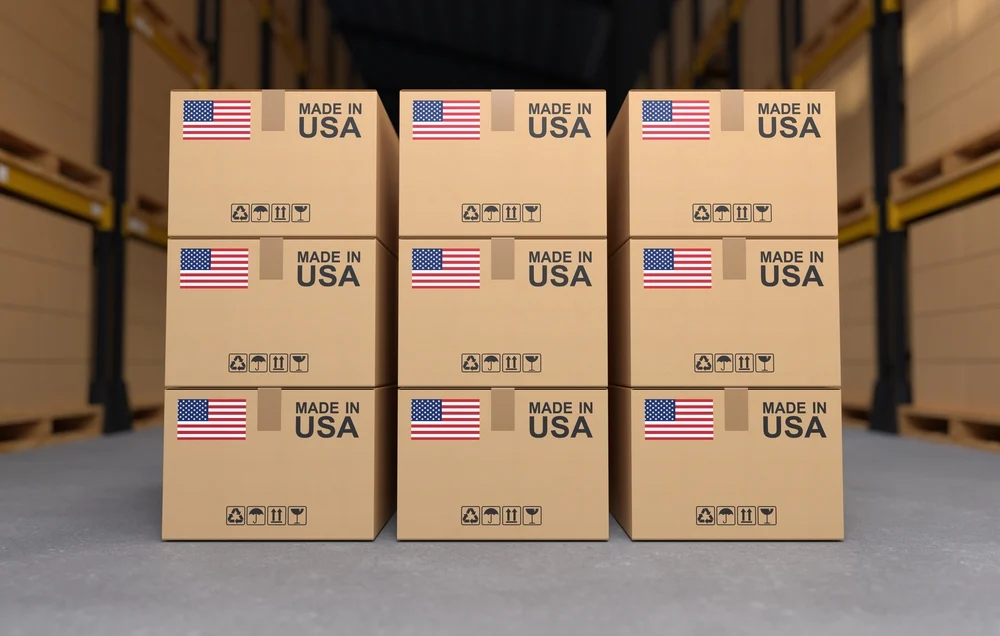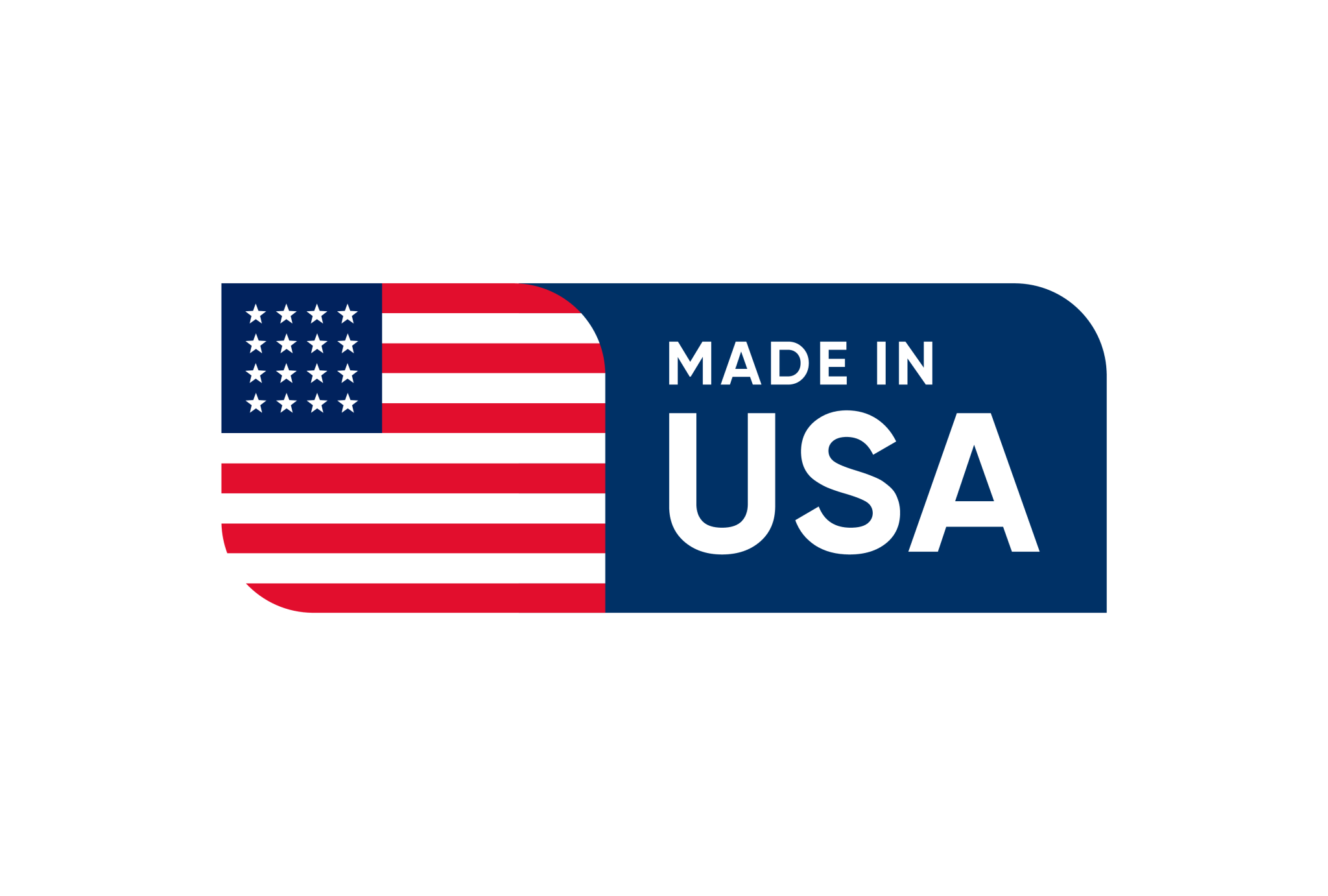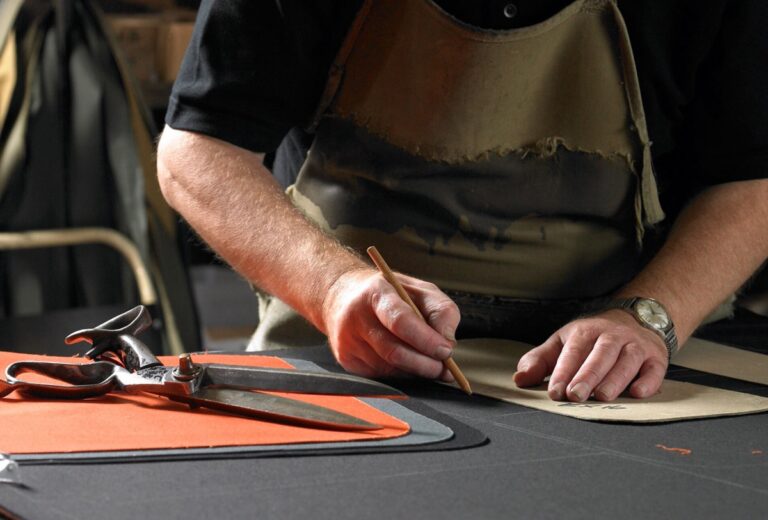How Does the Federal Trade Commission Define “Made in USA”?
Many people search for Made in USA products out of patriotism or a desire to support local business. For businesses, it’s a great way to build brand loyalty and encourage customers to return.
However, companies cannot make a Made in USA claim unless the product meets certain standards. These include a requirement that all or virtually all components be produced/sourced domestically and that the foreign content not substantially transform the product’s form or function.
What Makes a ‘Made in the USA’ Product Stand Out?
As a retail business owner, you might be using the phrase “Made in USA” on your website, hang tags or email signatures to market and differentiate your products. However, it’s important to understand how the Federal Trade Commission (FTC) defines this claim in order to avoid misleading your customers. To qualify for the Made in USA moniker, a product must contain all or virtually all of its components and ingredients made or sourced in the United States. The FTC doesn’t pre-approve any Made in USA claims, but companies must have a reasonable basis for making them and continually review their products’ substantiation to ensure the claim remains accurate.
The amount of transformation from the raw material to the finished product is another factor in determining whether or not a product can make the cut. For example, the silicon used in a microchip in a computer is an early input that doesn’t represent a significant portion of the final cost of the device. On the other hand, a piece of wood that’s cut into a table is a much more significant element in the overall product and would be considered when evaluating whether or not a final product can earn the Made in USA moniker.
Besides a commitment to quality, most consumers associate Made in USA products with increased employment and a healthy economy. They’re also linked to a sense of patriotism that many shoppers want to support when shopping locally and nationally. Moreover, they’re often associated with a sense of local pride that ties in with supporting the community and its needs, such as promoting small businesses or a youth sports team.
The Label

When consumers see a Made in the USA label, they expect a specific level of quality and a promise that their purchase supports jobs in America. That’s why manufacturers who want to make unqualified Made in the USA claims must follow certain rules set forth by the Federal Trade Commission, which oversees country of origin claims in marketing and advertising.
In order to qualify for the Made in the USA label, a product must be “all or virtually all” made in the United States. That means that the final assembly or processing that happens here is significant, and a substantial percentage of a product’s manufacturing costs are also incurred domestically.
Companies that skirt these rules could face fines. Pennsylvania-based Bollman Hat Company landed in hot water after claiming its hats were all American-made, but when the FTC investigated, they found that 70% of the hats were imported.
Bringing manufacturing back to the US has its challenges, including higher labor costs and shorter supply chains that limit flexibility. But despite the challenges, many brands are reevaluating their supply chains and considering how they can bring manufacturing home to lower production costs and better manage their risks in the event of an emergency or disaster. Companies such as Wilson footballs, Igloo coolers and Bose audio equipment have made this move, along with Caterpillar and John Deere construction machinery.
The Brand
A brand that sells products ‘Made in USA’ shows its commitment to ethical manufacturing and the American economy. It’s a way for brands to differentiate themselves from competitors, and can encourage consumers to stay loyal to the company.
The Federal Trade Commission has a set of guidelines that manufacturers must follow when advertising products as ‘Made in the USA’. To make this claim, the product must be “all or virtually all” made in the United States and contain no foreign content — a standard that’s not easy to meet.
Complicated supply chains can make it challenging to determine if a product qualifies as ‘Made in the USA’. The FTC says that the most important factor is whether a product’s entire manufacture occurred in the United States. For example, the silicon used to create microchips in a computer is an early input into its manufacturing process. But the wood used to build a table is a more direct, significant input into a finished product’s construction.
For these reasons, it’s important for companies to be transparent about their domestic sourcing. They should share this information with their consumers through product descriptions and other marketing channels, including the ‘About’ page on their website. American-centered brands like Todd Shelton, Gamine Workwear, and Hackwith Design House make their sourcing details front and center on their About pages to show consumers their commitment to the country they call home.
The Value

Whether it’s for the patriotism, supporting American workers or simply for the quality of a product, many consumers want to buy Made in USA products. In fact, a recent poll by Reuters/Ipsos found that nearly two-thirds of Americans say it is important or very important to buy American-made products. And a 2023 survey by Morning Consult shows that consumers are willing to pay a premium for domestically produced goods.
For manufacturers, the nuances of what qualifies as “Made in USA” can be confusing. The Federal Trade Commission (FTC) makes clear that a company cannot make an unqualified “Made in USA” claim unless it can prove a product is made entirely in the U.S., or contains only negligible foreign content. It also notes that a qualified claim—”Designed in the United States & Made in China” or “Assembled in the United States”—is acceptable, but that it must include the specific percentage of foreign content that makes up the final product.
However, the FTC’s Enforcement Policy Statement on U.S. Origin Claims provides no bright-line percentage determining what constitutes domestic manufacture. And some companies may choose to use a “Made in USA” claim even when there is significant foreign content in their products, according to the guidelines. For example, a barbecue grill might be “Made in the USA” because all of its components are manufactured in the U.S., except for the knobs and tubing which are imported from Mexico. Similarly, an office tape dispenser may carry a “Made in USA” label if its main body is produced domestically, even if smaller parts or materials are sourced from abroad.


